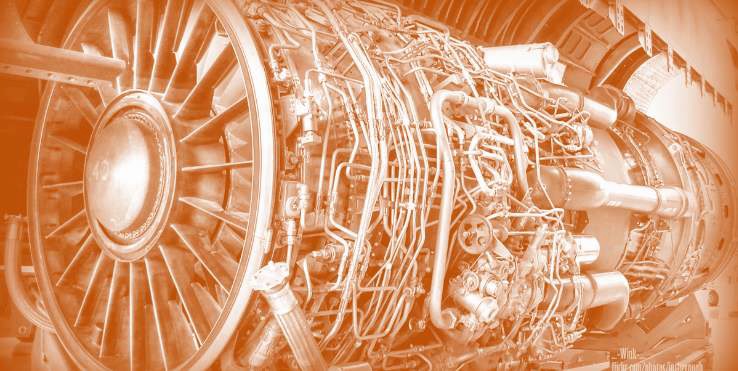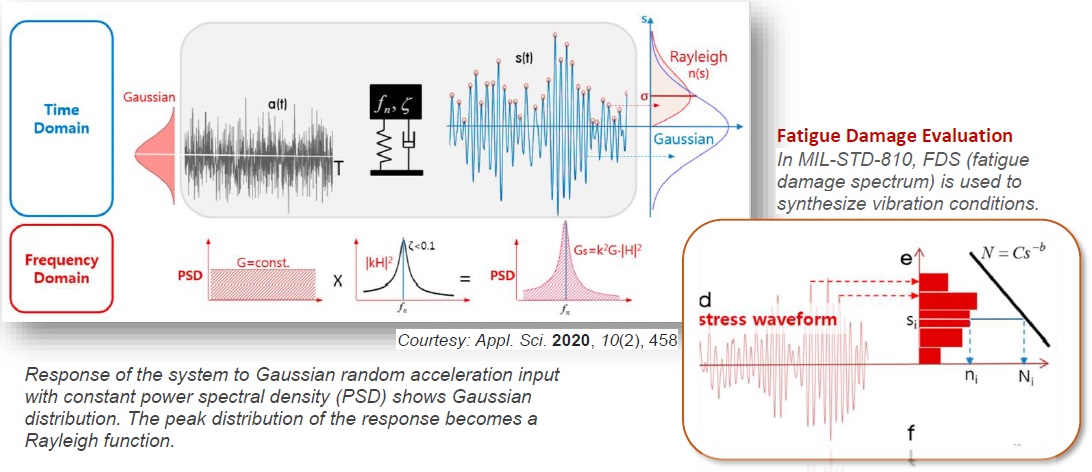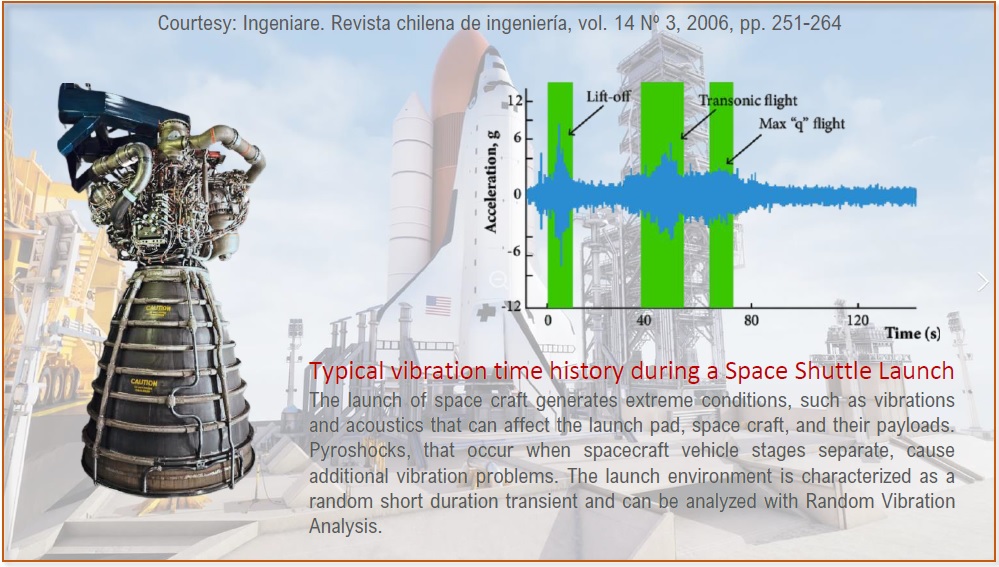Software Solutions
- CAEPIPE
- CAEPIPE 3D+
- checkSTRESS
- dataTRANSLATORS
- HOTclash
- PEXit
- Pricing Request
- Download Free Evaluation
- Download CAEPIPE 3D+
- Download Free Review Module
- Customer Support
Engineering Services
- Design and Engineering
- INFOplant™ System
- Engineering Management
- List of Projects
- Project Gallery
- Project Videos
Learn More
Company Information
What is New in Version 12.20? Download
Random Vibration Analysis

We are pleased to announce a pioneering feature in pipe stress analysis software: Random Vibration Analysis. For the first time ever, this cutting-edge capability is available, revolutionizing how stress analysis is performed on piping and ducting systems in critical sectors like aerospace and defense. Designed to tackle the challenges of random vibration loads experienced by aircraft, submarines, helicopters, and defense weaponry, our Random Vibration Analysis offers a probabilistic approach to stress assessment. By simulating real-world conditions with precision, it empowers engineers to comprehensively understand and optimize the performance of their piping and ducting systems. For details on its capability and limitations, refer to the section titled ‘Dynamic Analysis’ in CAEPIPE Technical Reference Manual.


Updated Codes
- Following new piping codes are added. Refer to Piping Code Compliance section of CAEPIPE Code Compliance Manual for more details.
- ASME NM.1 (2022)
- ASME NM.1 (2022)
- EN 13941-1:2019+A1:2021
Enhancements
- New feature is added to find the section property from the first occurance of the succeeding elements or from the first occurance of the preceeding elements when the Flange Library dialog is not able to get section property from the current element to obtain the Flange Weight.
- Support Load Summary results will show the displacements results for all types of supports.
- Shape Factor input field in Wind dialog is applicable only for "Velocity vs Elevation". Hence, Shape Factor input field is disabled in the Wind dialog when the option "Pressure vs Elevation" is selected.
- New feature is added to Enable or Disable Dynamic Zoom in Graphics Window while using mouse scroll button for Zoom. This option can be modified through CAEPIPE Main Frame > Preferences > Disable Dynamic Zoom.
- New feature is added for translating and rotating the graphics in Graphics Window using a mouse. In Translation mode (Pan), use Mouse Middle Button Down and Drag in Horizontal or Vertical direction for Horizontal or Vertical Translations. Similarly, in Rotation mode (Turn), use Mouse Middle Button Down and Drag in Horizontal or Vertical direction for Rotation in Horizontal or Vertical plane.
- New feature is added for transforming Limit Stop loads from Local Coordinate System (LCS) to Global Coordinate System (GCS). Refer to the Section titled "Support Loads" under Results Window in CAEPIPE User's Manual for further details.
- MBF format is updated to be compatible with CAEPIPE Version 12.20. See Appendix A of CAEPIPE User's Manual for details.
- CAEPIPE User's Manual, Technical Reference Manual, Code Compliance Manual and Verification Manual have been enhanced and updated to be in line with software version 12.20. These Manuals can be downloaded from the link www.sstusa.com/caepipe-docs.php.
Bug Fixes
- Auto-refinement of Branches was adding a small element at Branch SIF locations when it is a Skewed line upon every model save.
- Responding to "Save changes" dialog was not performing any action when the command "Analyze" was selected without saving the model.
- For Piping Code = NONE, in von Mises stress computation, CAEPIPE was using the In-plane and Out-of-plane SIFs corresponding to the "From" Node for the "To" Node also. This bug exists from CAEPIPE Versions 5.10 through 12.10. This bug would affect results only when the NONE code is selected and two different values for "User SIF" are entered for the two ends of a component.
Now is the time to evaluate CAEPIPE!


